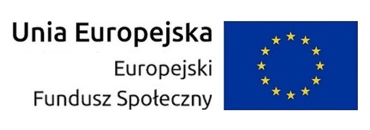- Prelegent(ci)
- Karol Wawrzyniak
- Afiliacja
- ICM UW & National Centre for Nuclear Research
- Termin
- 23 listopada 2011 16:15
- Pokój
-
p. 5820
- Seminarium
- Seminarium Zakładu Biomatematyki i Teorii Gier
Minority game (MG) was designed as a microscopic model of adaptive behavior observed in multi-agent systems where being in minority is profitable. It was shown that the MG exhibits different modes of behavior, depending on the game parameters: the random, cooperation, and herd. The latter case is characterized by small strategy space compared to the overall number of agents. In the first part of our seminar we will incorporate the utility function to study phenomenology of MGs in their herd regime. We will prove that the utility is bounded and the number of states is finite. We can represent the game as a Markov process and we can substantially reduce the number of states and calculate their probabilities. Then such interesting features of an important extensive random variable called an aggregated demand, like its strong inhomogeneity and presence of patterns in time, can be easily interpreted. In the second part, the generalization of the minority game to more than one market will be considered. We will find that if the payoff function allows for strong fluctuation of the utility then market occupancies can differ significantly, with preference given to this market where the fluctuation occurred first. There exists a critical size of agent population above which agents on bigger market behave collectively. In this regime, there always exists a history of decisions for which all agents on a bigger market react identically. We developed a model that explains these phenomena. In the last part of the seminar we will focus on applications. We will present an improved version of the MG predictor. We will apply it to both the synthetic and real time series using data from financial markets. The statistical analysis of these data will be performed and the theory how to optimize predictor's parameters will be presented.
 Nie jesteś zalogowany |
Nie jesteś zalogowany |



















